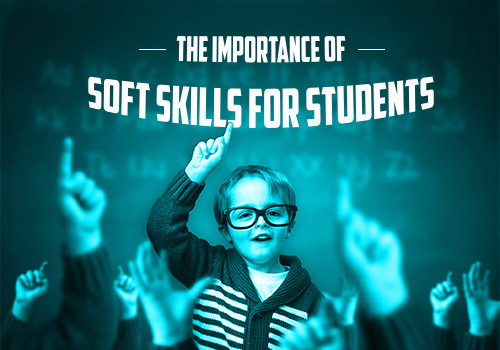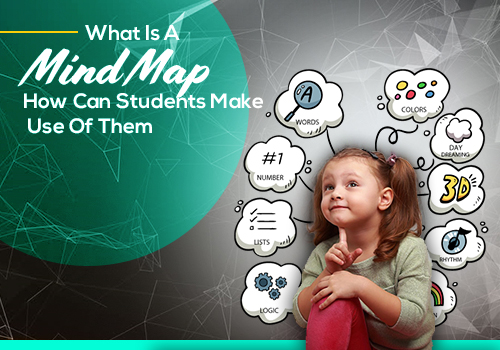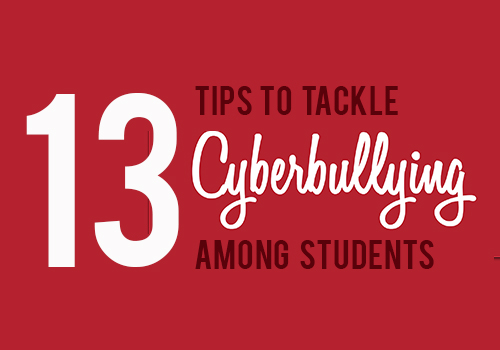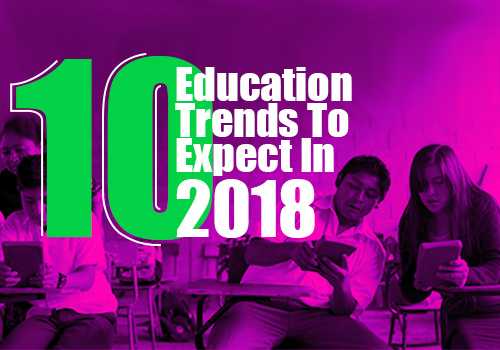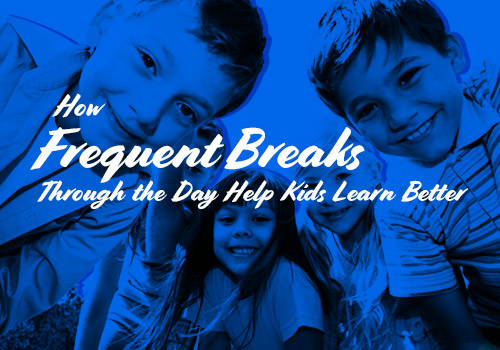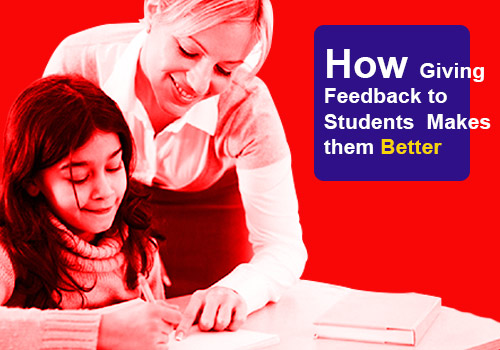A mind map is a diagram that connects bits of a topic to form a hierarchical representation that is easy to remember and recollect.
With an aim to promote study skills amongst students, mind mapping is a promising tool. Mind maps encourage students to not only visualize educational concepts but also express them better.
They prompt children to come up with different ideas concerning their academics. Learning is made possible when students establish a strong connection between these ideas.
For all those students who are looking to ace in their exams with commendable scores, here is a step-by-step blueprint that will help you chalk out a mind map for studying.
Step 1:Come Up With a Central Image for Your Mind Map
Items required: You would need some colored pencils or marker pens and a blank paper which should be turned sideways (breadth-wise).
Now, you need to take the center of the page and draw the first image that crosses your mind when you think of the topic you are about to master. You should then label it. You can also use a couple of words and encircle them.
Using this central image or the title, you will be in a position to weave a mind map that will help you grasp the subject. That means, your mind map will start from the center of the page, ultimately moving to the edges of the paper.
Step 2:Branching Out from the Central Image
The next step is to branch off from the central image. Each branch corresponds to the chapter of your book or a sub-head that you wish to learn. You should then label each branch and if needed, you can support every branch with a corresponding picture.
Step 3: Drawing of Sub-Branches
The 3rd step consists of drawing some sub-branches for every branch. It is through this process that you are setting the stage to establish a connection between different ideas concerning the topic of study.
Also Read : 21 Inspirational Movies That Every Student Must Watch
Step 4:A Complete Network of 1stBranch
In order to come out with a complete network of branches, you should illustrate every branch with pictures of your choice. You can use your creativity and come up with images that are funny, exaggerated or even silly.
The supporting idea behind such images is that you as students tend to easily recall pictures that are absurd.
Step 5: Branch 2 to be Completed
You should now draw another main branch, your 2nd branch, using another color. The premise behind the use of different colors for main branches is to help you separate out various ideas. Color schemes also help you stimulate your mind.
You should then support the 2nd branch with sub-branches along with corresponding images. In the event the map becomes monotonous, you have the luxury to create another branch.
Step 6: Complete the 3rd Branch
By now, you have understood the repetitive pattern of building a mind map. Follow the same chronology by using different colors, drawing a main branch while supporting the main branch with a number of sub-branches. Last but not the least, attach every sub-branch with pictures.
An important point to keep in mind is to use curved branches as against straight lines. Again there is a logic behind the use of curved lines. This rule is linked to the fact that our brains respond better to curved lines.
The Last Step: Your Mind Map is Now Ready to Use
After completing all the above steps, the resulting image that you have in front of your eyes is a mind map. Without getting discouraged that it does not resemble an artistic piece, strive to stretch your creativity to the maximum. Never mind if the map sports a messy look. You need not get bogged down by the opinions of others who fail to understand what you have drawn.

Wrapping It Up
Taking notes and planning for assignments feature in the daily routine of students. When students have to learn so much, they need to concentrate on the important facts that every subject offers.
To help students ace in their exams, a mind map comes as an effective tool which will help them establish a logical link between various topics concerning a particular subject.
Through mind maps, students can progress in their academics by stretching their creativity and resourcefulness. Through such learning tools, you will not only be encouraged to think but will also help you organize your study patterns.

